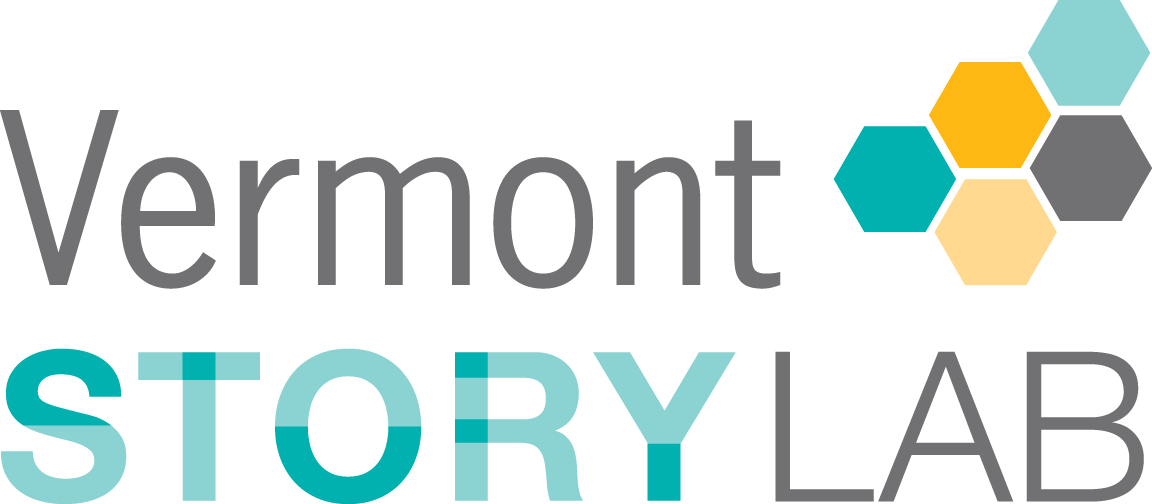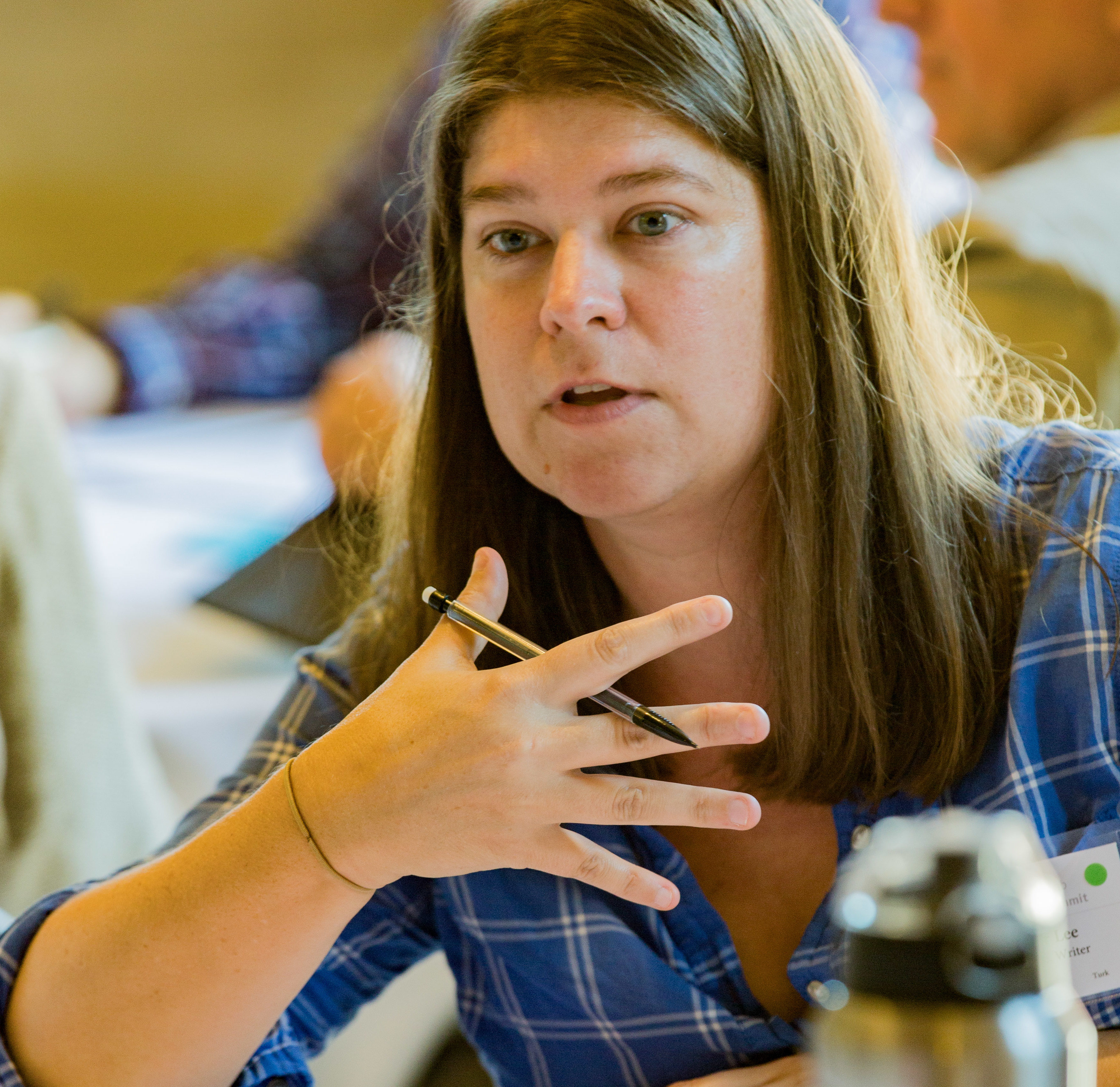As a Story Lab follower, you already know why storytelling is powerful. It creates an emotional connection with your audience, paving the way for education (and persuasion) that facts and figures alone can’t produce.
But do you know how to tell a good story, and can you write one quickly? Here are some steps to get you going, whether you’re new to writing or you’re just looking for a new approach.
(1) Think Visually
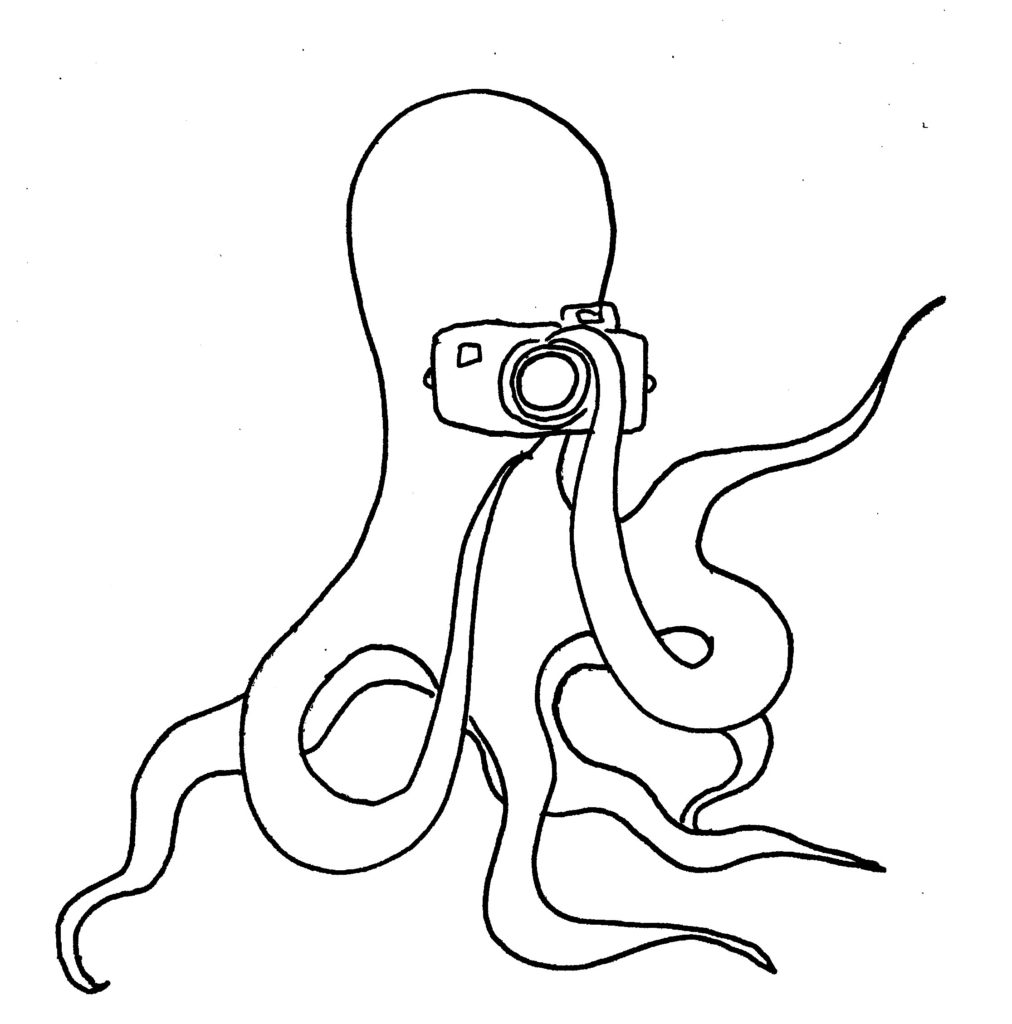
I may be a writer, but I know my words mean nothing without a great image to draw the reader in. The right art will do some of the heavy lifting for you – forging an immediate emotional connection with the audience before they read a single sentence.
(2) Your Hero Makes Their Entrance
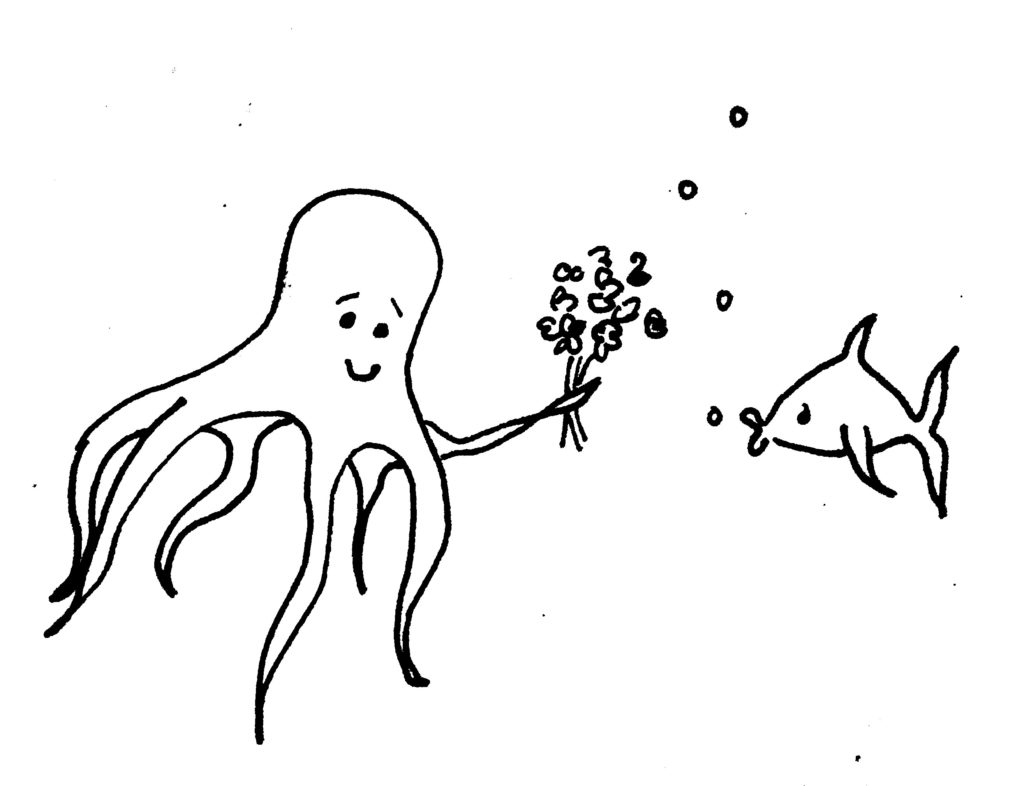
Here’s where you get the reader invested. Introduce the hero of the story, and get the audience to care about them – quickly! People are busy and distractible.
(3) Introduce Adversity
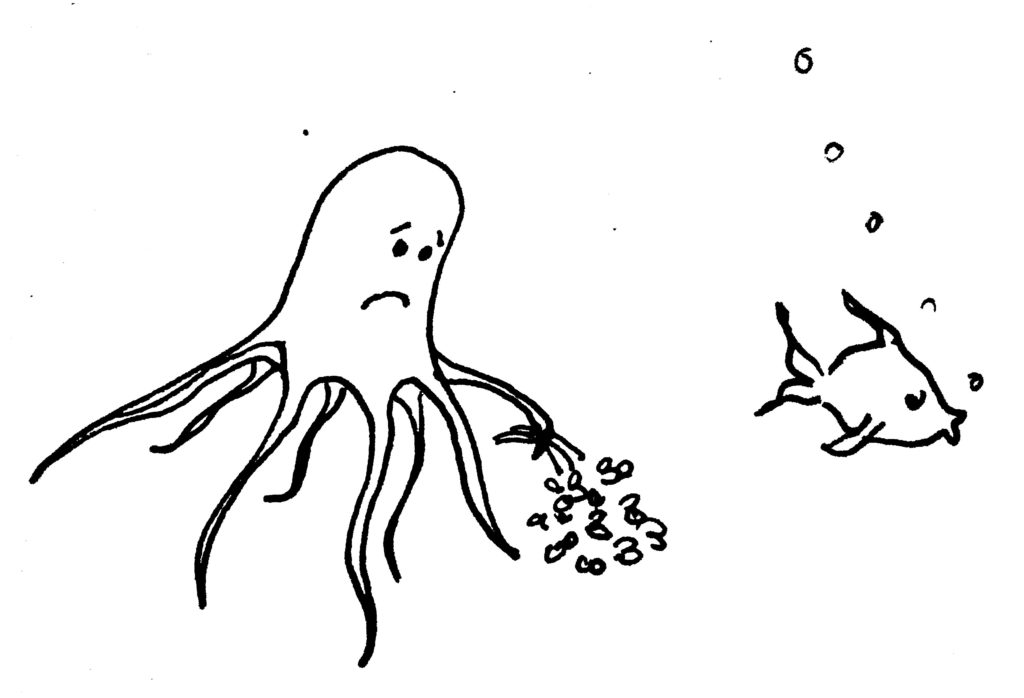
Stories need conflict. What challenge is our hero facing? How is it holding them back from their ideals, their dreams? How does it feel?
Maybe the reader hasn’t been through this exact scenario, but they’ve likely felt similar feelings before. Now you’re building empathy, and a real connection with the reader.
(4) Growth
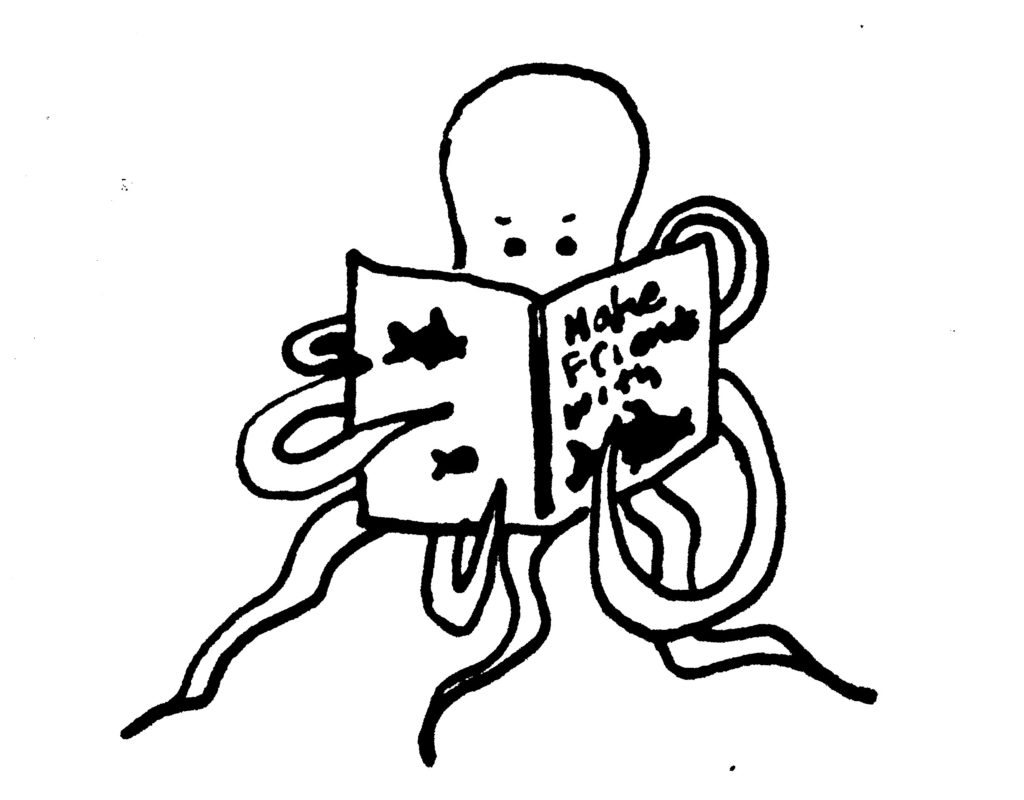
Tell us how the hero meets their challenge, and how their life changes because of it. Give us some details, because authenticity is important. But don’t overwhelm.
While you’re showing those details, dig back into the feelings the hero has, to keep the emotional connection going.
(5) Connect the Dots and
Reel Them In!
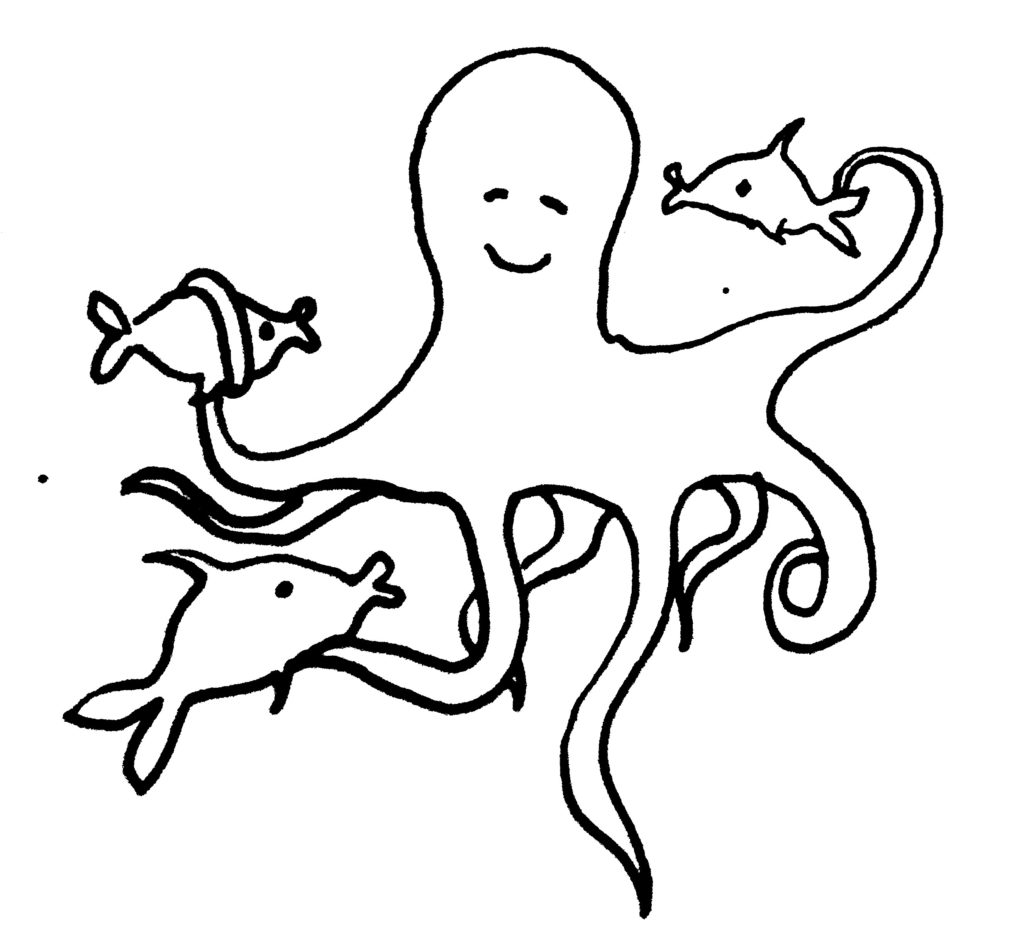
If they’ve made it this far, your reader is engaged, but they may not have made a practical connection with how the solution introduced could help them. Now’s the time.
Draw some parallels, and leave them thinking about what this story could mean for them and their life. Then invite them to get involved.
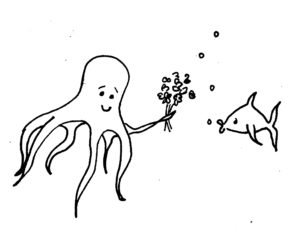
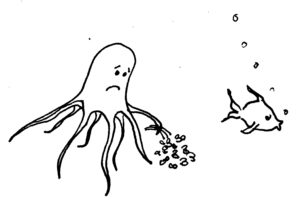
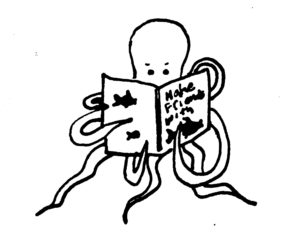

Get Started Telling Your Own Story, and See Where it Leads!
This formula works for every industry and every medium – from a social media campaign about health care to a direct mail appeal from a museum (or, you know, an octopus cartoon). Give it a try, and find a deeper connection between yourself and your audience, whoever they are.
An earlier version of this article first appeared as an article by Grace Per Lee in LinkedIn.
